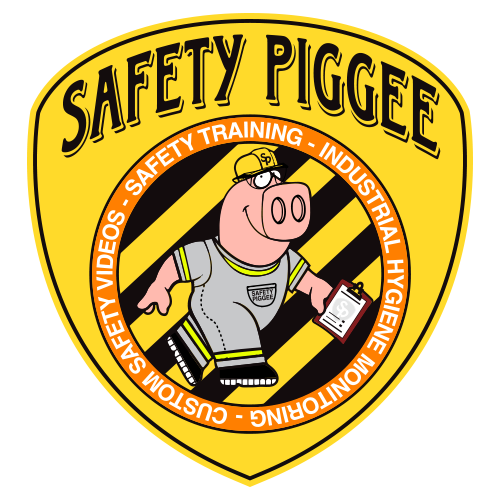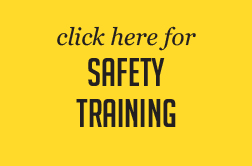
Safety Tip
Control Your Wheels in Any Weather!
Accidents involving skidding or bad weather conditions are preventable. You are responsible for keeping your vehicle under control no matter what the road or weather.
Bad weather doesn’t cause accidents. Weather conditions create driving hazards. It is up to you, the driver, to know how you deal with them.
Professional drivers know bad weather and hazardous road surfaces mean it is time to adjust speed – or even get off the road until conditions improve.
Here are some reminders of how to drive safely in winter conditions:
- Before you start out, clear the entire windshield and all windows and mirrors. You need to be able to see as much as possible around you to avoid collisions.
- Keep brake and signal lights clear of ice and snow.
- Keep your eyes moving to be aware of the traffic situation all around you. Don’t just concentrate on what is right in front of you. Scan the distance and glance frequently at your mirrors. If you receive information too late you will have to make a sudden move; watch and anticipate hazards.
- Double the following distance at least between you and the vehicle ahead of you. Maintain as much free space around your vehicle as possible. Keep the sides and rear of your vehicle as clear of other vehicles as possible.
- Maintain communication with other drivers to make sure they see you and you understand one another’s intentions. Use your lights, horn and even eye contact to communicate.
- Adjust your speed to road conditions. Allow more travel time.
- Pay attention constantly to the road conditions, which can vary even from one lane to the next.
- Avoid sudden steering movements. Be ready to steer smoothly as you approach a curve. Plan any lane changes well ahead of time.
- On slippery roads, any driving maneuver can set off a skid. Braking, steering, accelerating and taking your foot off the accelerator can all result in a loss of control. Carry out these moves with a light touch, being continually aware of the vehicle’s response.
- Brake correctly for the type of vehicle you are driving. For some braking systems, a quick, light pumping of the brakes is the way to stop on ice while maintaining steering control. Avoid locking the brakes. If you have air brakes, keep an eye on the air pressure. Anti-lock braking systems (ABS) should not be pumped. Check with the manufacturer for the correct operation of your braking system.
- Keep all your wheels moving to maintain control of your vehicle. Locked wheels can result in a jackknife.
Strive to maintain traction at all times. You need positive contact with the road surface to control the direction and speed of travel. Drive moderately and gently. Avoid sudden braking, accelerating or turning.

Get Safe Today
Phone: (832)786-1433 |
Email: rpiggee@safetypiggee.com
© 2018 Safety Piggee LLC. All rights reserved.




